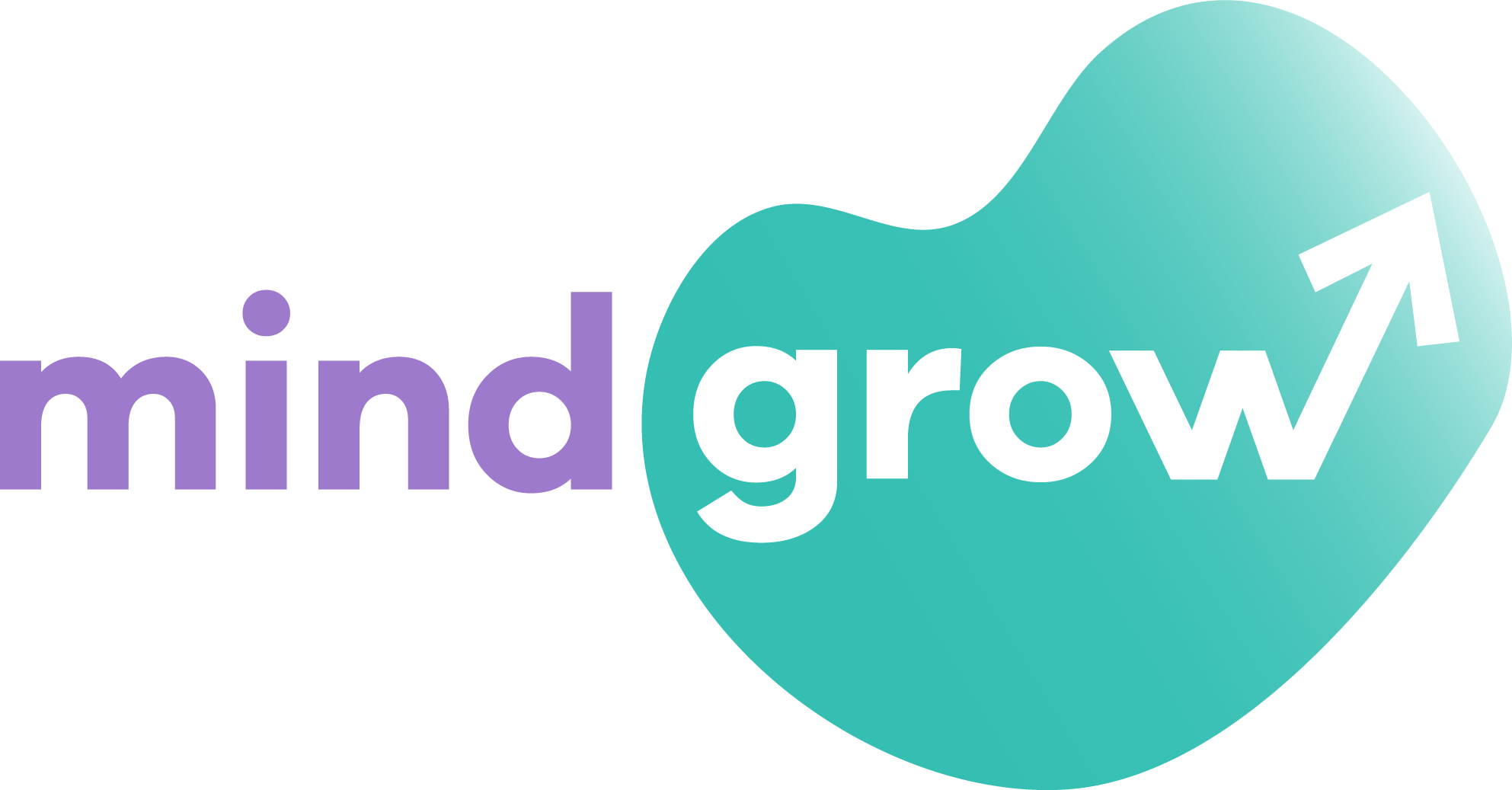“Everybody is a Genius. But if you judge a fish by its ability to climb a tree, it will live its whole life believing that it is stupid”. Albert Einstein.
Traditional personal development strategies in organisations have historically been focused on finding weaknesses and then fixing them as the pathway to higher levels of performance. But the science is clear, focusing on understanding and developing your strengths is a much more effective and motivating way of creating sustainable growth and career advancement.
Peter Drucker suggested that “…one cannot build on weaknesses. To achieve results, one has to use all the available strengths…. these strengths are the true opportunities. To make strengths productive is the unique purpose of organisations”. In this article, I discuss how to move the dial towards strengths, the advantages of doing that and how to switch into strengths-based development.
Moving the dial towards strengths
Our natural proclivity towards negativity in our environment, leads us down the path of constantly looking for problems in our environment and critically assessing the people within it, so it’s hardly surprising that we and the organisations we work for are predisposed to look for and then focus development efforts that fix issues and solve identified weaknesses. But this isn’t about ALL weaknesses, it’s actually about understanding and dealing with only ‘show-stopping’ weaknesses, because only they are an essential part of building resilience and capability. Albert Einstein summed up the problem beautifully, “Everybody is a Genius. But if you judge a fish by its ability to climb a tree, it will live its whole life believing that it is stupid”. What is abundantly obvious, as you’ll see below, is that moving the pendulum to a more central point where we effectively tackle “show stopping” weaknesses[1] and then focus our effort on understanding and development strengths has significant advantages both for the organisation and the individual.
The advantages for the organisation
Two large studies stand out, firstly a study of 19,187 employees from 34 organisations across seven industries and 29 countries, by the Corporate Leadership Council[2] found that when managers focused on weakness development it led to a 26.8% decline in performance, whereas when they focused on strengths development performance increased by 36.4%. Secondly a recent study by Gallup[3] that included 49,495 business units with 1.2 million employees across 22 organisations in 7 industries and 45 countries, found that 90% of workgroups that received a strengths intervention performed significantly better than control groups. The results included a 10-19% increase in sales, a 14-29% increase in profits and a 9-15% increase in employee engagement.
The advantages for the individual
Several studies also show a significant advantage in terms of a strengths-based approach to the development and growth of individuals. These advantages include higher levels of subjective well-being[4], team member engagement and performance[5], energy[6], with improved levels self-esteem and reduced levels of stress[7]. This substantial list of benefits also plays a significant role in creating an environment charged with positive emotion, creativity and a sense of meaning and purpose for the team, so for both individuals and organisations understanding and using your strengths appropriately is a key predictor of a range of business outcomes[8] and should in my view be prioritised. But, how?
Four tips for understanding and using your strengths as a pathway to career success
- Invest more development time on strengths – focus more time, energy and resources proportionately on developing strengths. Don’t ignore weaknesses just focus on those that are a significant risk to your personal brand, well-being or goals and where possible use your strengths to compensate. When the risk associated with a weakness is mitigated, then stop wasting time and energy on it and get back to focusing on understanding and developing your strengths.
- Build understanding and awareness – knowing and understanding your strengths is an important step in being able to leverage and benefit from using your strengths and there are several tools available. Alex Linley’s Strengths Spotting tips or the Values in Action (VIA) Inventory are great ways to get started. If you want a more detailed understanding of your strengths and how to use them more effectively there are also tools like the Strength Profiler from the Centre for Applied Positive Psychology or StrengthsFinder2.0 developed by Gallup.
- Use existing strengths more effectively – once you know what your strengths are, you should align them to your goals and dial them up and down, based on the needs of the situation. There is a “golden mean”[9] or sweet spot for every one of your strengths where you optimise their use situationally and then reap the benefits of improved personal performance and higher levels of energy and goal achievement.
- Identify and use your latent strengths – most assessments identify strengths that you should use more often or that you aren’t using at all. The Strength Profiler, as an example, specifically identifies these unrealised strengths, so that you can use these essentially untapped resources to step change performance. Another option outside of formal assessment is to reflect on past experiences where you performed at your highest level, then identify what strengths where at play and how you could use them in current circumstances to help you achieve higher levels of performance.

Simeon
From his 30 years’ leadership experience, Simeon truly helps others to maximise their potential. As the founder of BExceptional, he provides first class coaching and leadership development services to individuals and organisations. Among other qualifications, he holds a Masters in Applied Positive Psychology & Coaching Psychology and is a certified Strengths and Emotional Intelligence Coach.
[1] Haidt, J. (2002). It’s more fun to work on strengths than weaknesses (but it may not be better for you). Document retrieved on March, 6, 2008.
[2] Council, C. L. (2005). Managing for high performance and retention. An HR toolkit for supporting line managers.
[3] Rigoni, B., & Asplund, J. (2017). Strengths-based employee development: the business results. Gallup Business J retrieved: gallup. com/business journal/193499/strengths based. employee-development-business-results.
[4] Govindji, R., & Linley, P. A. (2007). Strengths use, self-concordance and well-being: Implications for strengths coaching and coaching psychologists. International Coaching Psychology Review, 2(2), 143–153.
[5] Peláez, M. J., Coo, C., & Salanova, M. (2019). Facilitating Work Engagement and Performance Through Strengths-Based Micro-coaching: A Controlled Trial Study. Journal of Happiness Studies, (0123456789). https://doi.org/10.1007/s10902-019-00127-5.
[6] Bakker, A. B., & Van Woerkom, M. (2018). Strengths use in organizations: A positive approach of occupational health. Canadian Psychology, 59(1), 38–46. https://doi.org/10.1037/cap0000120
[7] Peláez, M. J., Coo, C., & Salanova, M. (2019). Facilitating Work Engagement and Performance Through Strengths-Based Micro-coaching: A Controlled Trial Study. Journal of Happiness Studies). https://doi.org/10.1007/s10902-019-00127-5.
[8] Harter, J. K., Schmidt, F. L., & Hayes, T. L. (2002). Business-unit-level relationship between employee satisfaction, employee engagement, and business outcomes: A meta-analysis. Journal of Applied Psychology, 87(2), 268–279. https://doi.org/10.1037/0021-9010.87.2.268
[9] Niemiec, R. M. (2019). Finding the golden mean: the overuse, underuse, and optimal use of character strengths. Counselling Psychology Quarterly, 1–19. https://doi.org/10.1080/09515070.2019.1617674

